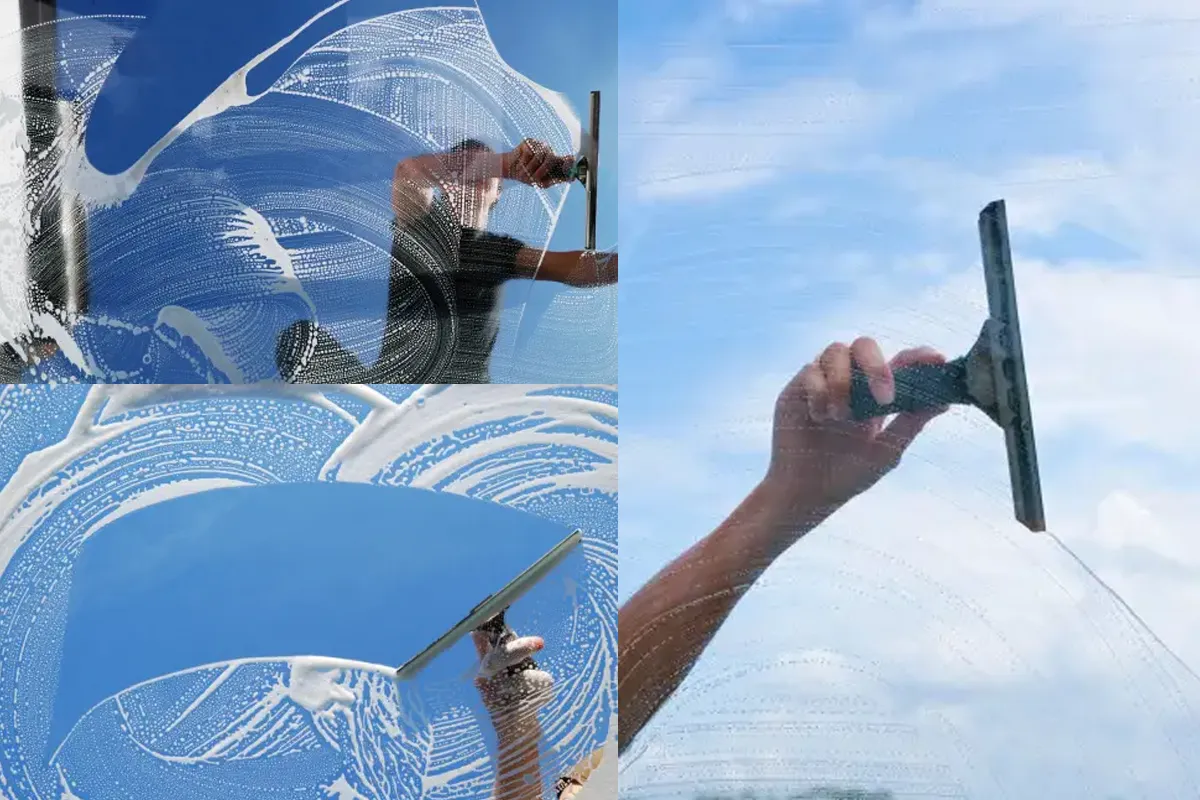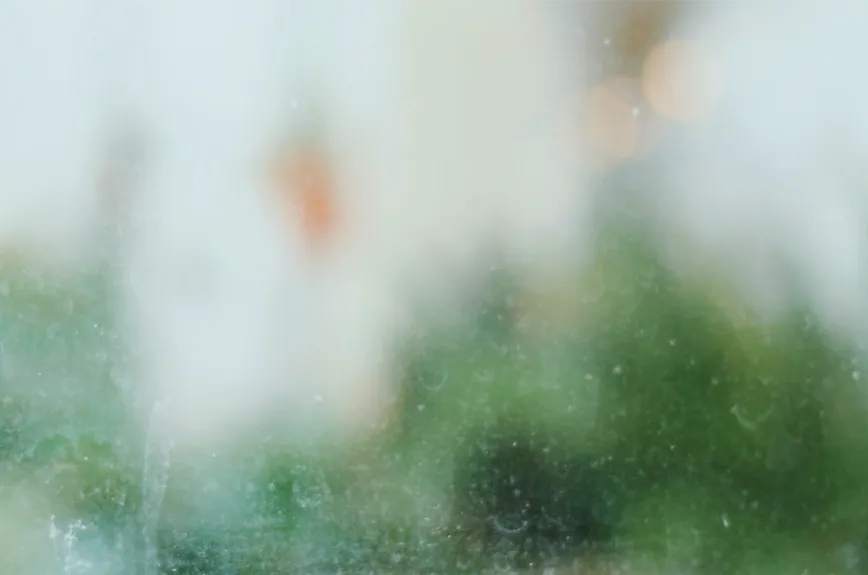How to get your Window Spotless?
Window cleaning is one of those things that can be frustrating, with all the washing,

Professional window cleaners utilise various tools and cleaning solutions to cleanse windows and achieve results from streaks effectively. Here are some employed tools and materials;
This handheld tool, equipped with a rubber blade, is instrumental in wiping water and cleaning solutions from the window surface, ensuring a flawless finish.
These soft, lint-free cloths play a role in wiping and polishing the window surfaces after cleaning. They effortlessly eliminate any remaining moisture while guaranteeing a crystal outcome.

Window cleaners employ buckets to hold their formulated cleaning solution—a blend of water and specialised window cleaning detergent.
Professional window cleaners often rely on cleaning solutions designed to dissolve dirt, grime and residue from windows without leaving unsightly streaks behind.
When it comes to cleansing windows in hard-to-reach areas, professionals utilize extension poles and attachments. These poles enable them to access upper-floor windows without requiring the use of ladders.
For tackling debris, such as paint splatters, adhesive residue or other contaminants, on window glass surfaces, razor blades or scrapers come into play as removal tools.
It’s essential to be cautious when cleaning the glass surface to avoid scratches.

Professionals sometimes rely on water-fed pole systems to clean windows on the outside. These systems use water pumped through a pole with a brush attachment at the end. The brush gently scrubs the glass while the pure water effectively rinses dirt and other contaminants.
Professionals use T-bars and washer sleeves to apply cleaning solutions to the window glass. The washer sleeve helps loosen and remove dirt from the surface.
While professionals prioritize safety and try to avoid using ladders whenever possible, there are instances where they become necessary for reaching windows that are out of reach with extension poles.
After washing and squeegeeing the windows, professionals may employ drying mats or pads to remove all remaining moisture, leaving behind dry windows.
It’s important to note that professional window cleaners often have their preferred brands of tools and cleaning solutions based on their experience and the specific challenges posed by each job. Employing techniques and paying attention to detail are factors in achieving top-notch results.
Cleaning windows like a pro requires attention to detail. Using the proper techniques as described below from our high-rise window cleaner. Here are some handy tips to help you effectively clean your windows;
Start by assembling your window cleaning supplies.
It’s best to clean windows on a day or when the sun isn’t directly shining. This helps prevent streaks caused by cleaning solutions drying quickly.
Use a brush or duster to remove dirt, cobwebs or dust from the window frame and sill.

Follow the manufacturer’s instructions, for mixing the window cleaning detergent with water. Be mindful not to use an amount of detergent as it can leave behind residue.
Dip the washer sleeve into the window cleaning solution, ensuring liquid is wrung out. Use the T bar to apply the solution onto the window glass, gently scrubbing to loosen dirt. Begin at the top of the window. Work your way down.
Begin at the corner of the window and pull the squeegee down in a line. Make sure to wipe the blade with a cloth after each pass. Overlapping each squeegee stroke will help avoid streaks.
Use a cloth to wipe along the edges and corners of the window where the squeegee can’t reach. This helps prevent water from pooling and causing streaks.
After using the squeegee, inspect the glass for any spots or streaks that might still be present. If you find any spots, use a microfiber cloth to buff them away gently.
If you come across paint splatters, stickers or other harsh residues you can carefully lift them off using a razor blade or scraper. Remember to keep the blade clean and at an angle to avoid scratching.
For washing windows, consider using a water-fed pole system that includes a brush for scrubbing and purified water for rinsing away dirt. This method is beneficial for reaching windows that are difficult to access.
Once you’ve completed cleaning, use a cloth or drying mat/pad to gently wipe around the edges and corners of the glass, ensuring it is completely dry and free of any remaining moisture.
Make sure to dry the windows to ensure all moisture is eliminated and streaks are prevented.
Take some time to clean the window frames and sills well. Use a cloth to wipe any residue from the cleaning solution or dirt that may have built up over time.
Always remember that practice leads to perfection. The more you use these techniques to clean your windows, the better your results will be. Pay attention to detail, work in a manner and take your time to achieve windows free of streaks and sparkling clean.
Please fill out the form below and a member of our team will get in touch with you shortly.
"*" indicates required fields